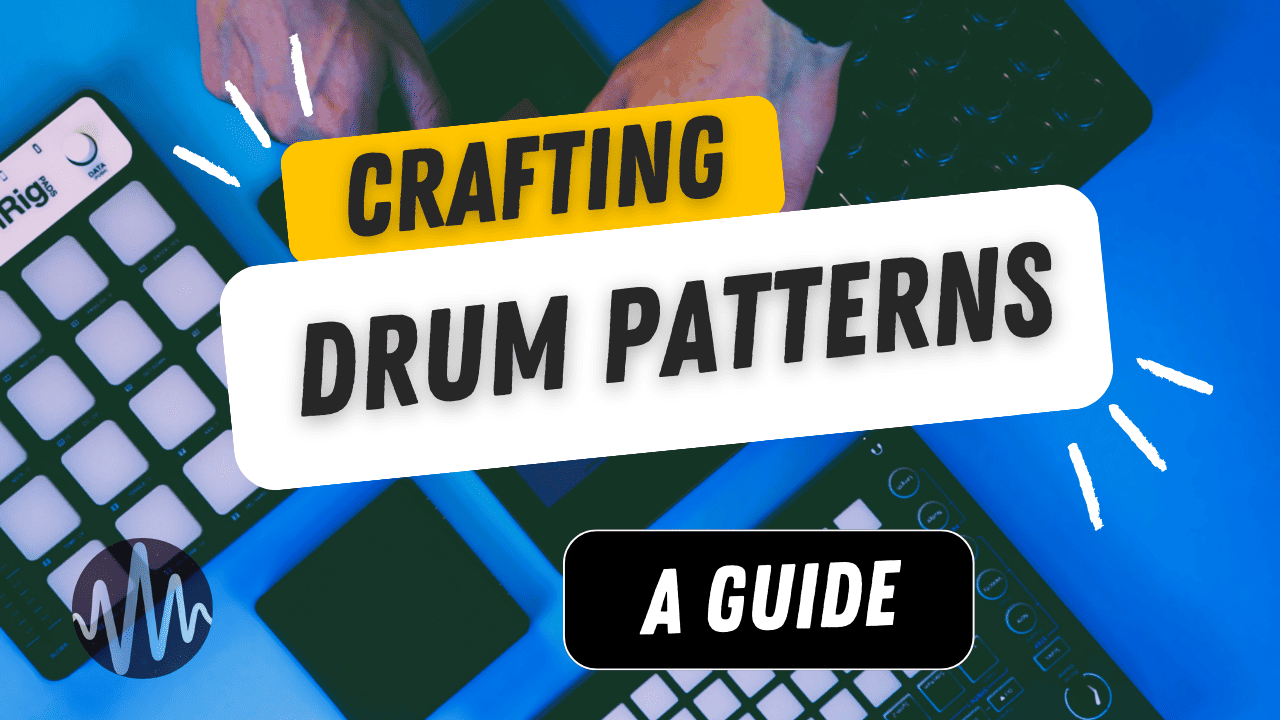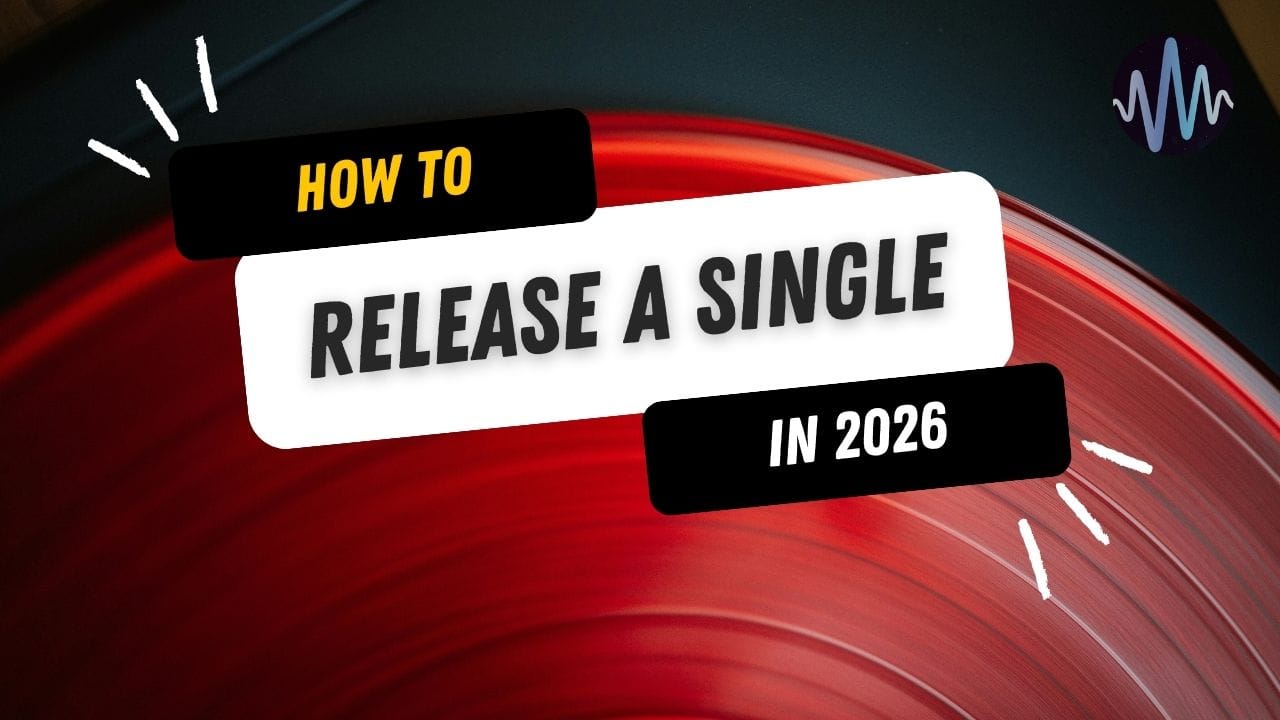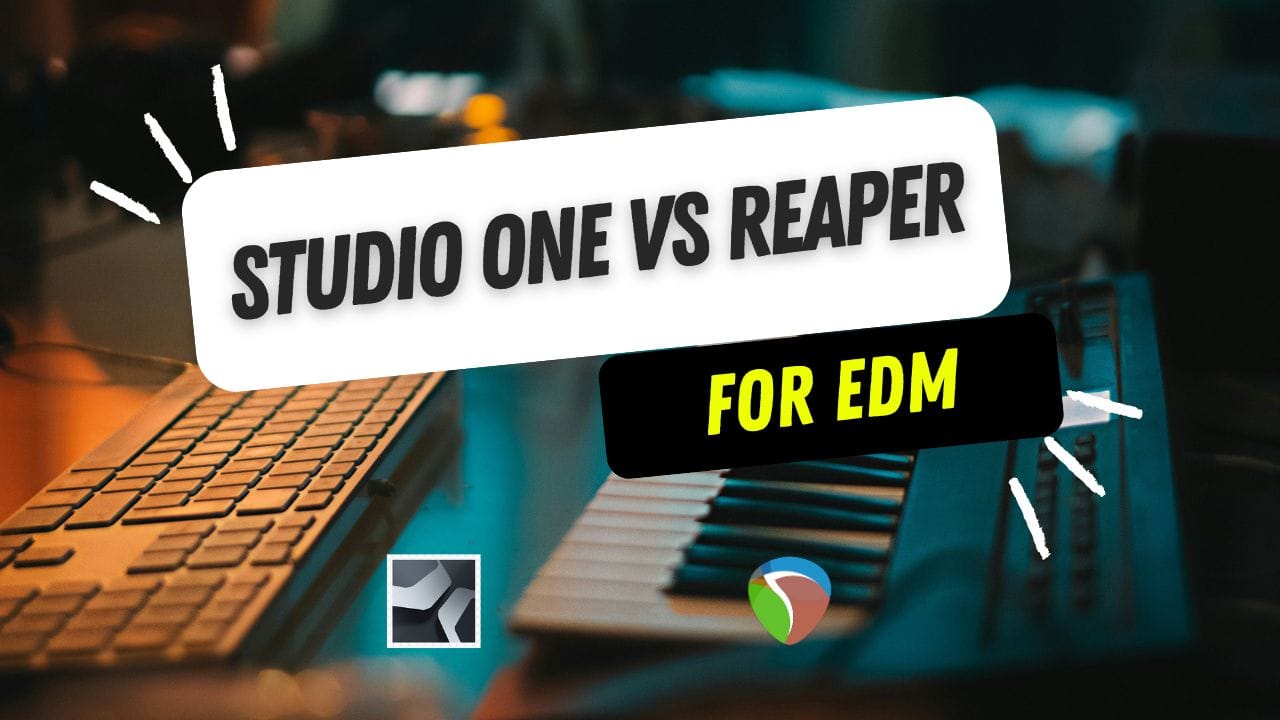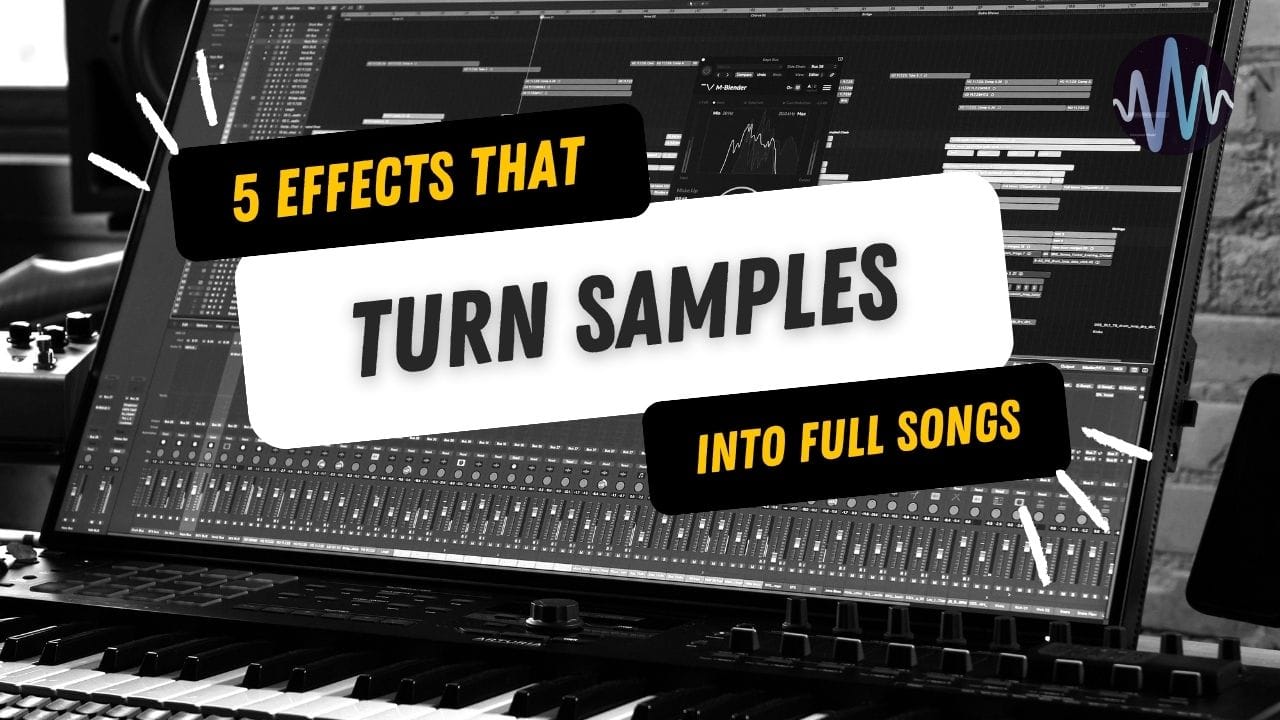
Ever notice how some beats grab you instantly? That unmistakable moment when your head starts nodding before you even realize it?
Behind every earworm rhythm is a combination of clever pattern design, psychological triggers, and production techniques that work together to hook listeners.
Whether you're producing hip-hop, house, pop, or anything in between, understanding what makes drum patterns catchy is a massive skill.
Build an amazing groove that gets people moving, and you’re well on your way to a great track!
Let’s break down the science and art behind infectious rhythms, explore classic patterns that always work, and share actionable techniques to get heads nodding away.
The Psychology of Catchy Rhythms
What exactly happens in our brains when we hear a rhythm that just feels right? It turns out there's some fascinating psychology at work.
Our brains are pattern-recognition machines, always scanning for order. When we hear a drum pattern, our brain immediately starts tracking its timing and organization.
According to neuroscientists, when rhythm hits that sweet spot between predictability and surprise, our brain releases dopamine – the same chemical associated with pleasure and reward.
Writing in Frontiers in Psychology, Jan Stupacher from the Center for Music in the Brain, Department of Clinical Medicine, Aarhus University and The Royal Academy of Music Aarhus/Aalborg, Aarhus, Denmark says:
“The perfect balance between predictability and surprise is commonly found in rhythmic patterns with a moderate level of rhythmic complexity and represents the sweet spot of the groove experience. In contrast, rhythms with low or high complexity are usually associated with a weaker experience of groove because they are too boring to be engaging or too complex to be interpreted, respectively.”
In other words, too predictable, and we get bored. Too chaotic, and we can't latch onto the pattern.
And that is the concept of "groove" in a nutshell – it emerges when timing, dynamics, and pattern all work together to create momentum. You lose it when the beat is too complex (you can still retain passages of groove, though), and don't create it when the beat is too simple.
Studies show that slight timing imperfections (like a snare that hits just slightly behind the beat) can actually enhance groove by creating tension and release cycles that feel satisfying to our ears.
Cultural context matters too. What sounds catchy to listeners of trap or R'n'N might feel different to fans of Latin music or heavy metal.
We're influenced by the patterns we've been exposed to, which is why exploring drum patterns across different genres can expand your rhythmic vocabulary and help you create more engaging beats.
Six Classic Drum Patterns That Always Work
While the science of groove is undoubtedly complex, certain drum patterns have stood the test of time, proving irresistibly catchy across decades.
We can always lean on a few tried-and-tested moves to get our songs moving – though there are some best practices to follow.
Here are six classics that continue to dominate popular music:
1. Four-on-the-floor with Offbeat Hi-hats
The foundation of house, disco, and much of today's pop, this pattern features a kick drum on every quarter note (1-2-3-4), with hi-hats filling the eighth-note offbeats. The snare typically lands on beats 2 and 4.
Why it works: The steady kick creates a reliable foundation that's easy to follow, while the offbeat hi-hats create forward momentum, pushing the listener along. This pattern triggers our innate tendency to synchronize movement with a regular beat, making it physically hard not to move to.
While the kick and snare will nearly always be snapped to the grid, it's not unusual to diverge and add small amounts of swing for the hats or percussion.
You can hear this pattern in everything from Donna Summer's "I Feel Love" to Dua Lipa's "Don't Start Now." Its versatility lies in how it can be tweaked through tempo changes and production choices while maintaining its infectious danceability.
2. The Boom-Bap
Classic hip-hop's signature sound features a booming kick drum on beat 1 with occasional variations, a snare on beats 2 and 4, and a swinging hi-hat pattern that creates the distinctive head-nod feel.
Why it works: The boom-bap balances simplicity with swing. The strong emphasis on beats 1 and 3 with the kick and 2 and 4 with the snare creates a stable framework, while the slightly swung hi-hats add a human feel. It's straightforward enough to grab you immediately but has enough character to keep you engaged.
DJ Premier's productions for Gang Starr showcase this pattern at its finest, with subtle variations that keep listeners hooked throughout entire tracks. The pattern's effectiveness comes from its ‘pocket’ – that perfect timing zone where everything feels locked in but not mechanically perfect.
J Dilla mastered this technique, and many drummers – like Questlove and Tony Royster Jr. – practice it in their music.
3. Half-time Trap Pattern
Dominating modern hip-hop and pop, this pattern runs at half the perceived tempo of the track (typically 70 in 140), with spaced-out kicks, a snare on beat 3, and rapid-fire hi-hats creating continuous energy through 16th-note and triplet patterns.
Why it works: The contrast between the sparse, heavy kick/snare pattern and the intricate, rolling hi-hats creates a hypnotic effect. The slow-fast juxtaposition works well both in recordings and live.
Producers like Metro Boomin and Southside pioneered the trap beat, which has since influenced everything from Travis Scott's psychedelic trap to Billie Eilish's minimalist pop.
4. The Purdie Shuffle
Named after legendary drummer Bernard Purdie, this pattern creates a rolling, swinging feel with ghost notes on the snare and a distinctive triplet-based rhythm. Once you clock onto what it sounds like, you'll recognize variations in everything from Steely Dan to modern indie rock.
Why it works: The shuffle hits a sweet spot between straight and swung timing that creates forward momentum. The ghost notes add texture and variation that keep your ear engaged while the overall pattern maintains enough consistency to feel familiar and accessible.
Beyond Steely Dan classics like "Home at Last," you'll hear modern adaptations in songs like Death Cab for Cutie's "Grapevine Fires" or John Mayer's "Perfectly Lonely." It’s instantly rewarding to listen to more chill music.
5. The Dembow Rhythm
The foundation of reggaeton and increasingly present in global pop, this pattern features a distinctive kick-snare conversation with an emphasis on offbeats and a driving, syncopated feel.
Why it works: Dembow's heavy syncopation creates natural hip movement. The "boom-ch-boom-chick" pattern triggers an almost involuntary physical response that makes it perfect for dance music. Its distinctive identity is instantly recognizable while remaining flexible enough to support various melodic structures.
From early reggaeton classics to global hits like "Despacito" and Bad Bunny's entire catalog, this pattern proves how a distinctive rhythm can help define not just songs but entire genres.
Its recent crossover into mainstream pop shows how effective it is at creating immediate engagement across different listening contexts.
6. The Amen Break
Perhaps the most sampled drum pattern in history, the Amen Break is a six-second drum solo from The Winstons' 1969 track "Amen, Brother." This short but dynamic break features a syncopated pattern with distinctive fills that create the foundation for entire genres.
Why it works: The Amen Break contains the perfect balance of regularity and surprise. Its core pattern is recognizable enough to establish a groove, while its fills and ghost notes create deeper interest.
The natural swing and slightly imperfect timing give it an organic quality that feels simultaneously tight and loose.
This iconic break became the backbone of jungle and drum & bass in the 1990s. It's also been extensively used in hip-hop, appearing in tracks by N.W.A., Mantronix, and hundreds of others.
Producer Tricks to Make Your Drums More Catchy
Even the most well-designed pattern can fall flat without the right production treatment. Here are techniques that top producers use to maximize catchiness:
Pattern Variation Techniques
Introduce subtle changes every 4 or 8 bars to maintain interest. This might be as simple as adding an extra kick hit before a transition or changing the hi-hat pattern briefly.
These variations reward repeated listening and prevent rhythmic fatigue.
Simple ways to create pattern variations that maintain interest:
- Add a single extra kick hit at the end of every 4th or 8th bar
- Alternate between open and closed hi-hats in different sections
- Introduce a subtle shaker or tambourine in specific sections
- Gradually increase or decrease the density of hi-hat patterns
- Shift accent patterns slightly while keeping the core groove intact
The Fill Philosophy
Strategic fills mark section changes and create anticipation.
Rather than using the same fill each time, create variations that signal different types of transitions. A good rule of thumb: make your most dramatic fill precede your track's most important section.
Blink 182 drummer Travis Barker's fills demonstrate how these brief moments can become as memorable as the main grooves themselves.
For programmed drums, consider creating a library of custom fills that match your pattern's energy but provide momentary contrast and excitement.
Layering for Dimension
Layer complementary samples to create complex timbres that stand out.
A main snare sample might provide the attack, while a second sample adds body and a third contributes ambiance or release. This creates a distinctive sound that becomes part of the pattern's identity.
Noah "40" Shebib's production for Drake often features drums that combine the punch of modern samples with carefully selected texture layers that add character.
Processing for Groove
Sidechain compression can create pumping effects that enhance the perceived groove.
By ducking elements like bass or pads in time with the kick, you create a breathing quality that emphasizes the rhythm.
Similarly, groove-oriented effects like tape saturation or subtle bit-crushing can add character that makes patterns more engaging.
Processing techniques that enhance groove perception:
- Use sidechain compression triggered by the kick to create a subtle pulsing effect
- Apply tape or analog saturation to add harmonic richness and subtle compression
- Try parallel compression to maintain transients while adding body and sustain
- Experiment with subtle room reverb to create a cohesive space for your drums
- Add minimal delay to hi-hats and percussion to create depth without muddiness
French house producers like Daft Punk elevated sidechain compression from a mixing technique to a rhythmic effect in itself.
Even subtle applications can enhance a drum pattern's catchiness by creating dynamic movement that corresponds to the beat.
Don’t Kill Your Groove! What to Avoid
Certain mistakes can instantly drain the catchiness from otherwise promising drum patterns.
Being aware of these common pitfalls can save your beats from the land of the forgettable:
1. Rigid Quantization That Removes All Human Feel
While clean timing is important, snapping every element perfectly to the grid often creates a mechanical, lifeless feel.
This is particularly problematic for genres rooted in human performance, like hip-hop, R&B, and rock.
There is a caveat: Electronic music genres rely on quantization for DJing – particularly in four-to-the-floor genres such as house, techno, trance, etc.
If you're not producing electronic music you expect DJs to play, use quantization selectively, preserving subtle timing variations that give your pattern character.
Even if you are producing electronic music, you'll likely need to add some swing to hats and percussion. Swing in the kicks and backbeat is still common in some genres, such as D'n'B.
The fix: Try 85-95% quantization instead of 100%, or use groove templates based on human performances to maintain a natural feel while cleaning up obvious timing issues.
2. Over-Consistent Velocity Mapping
When every drum transient strikes at exactly the same volume, patterns sound flat and artificial.
Real drummers naturally create dynamic variation, with some hits landing softer than others, even in consistent patterns.
The fix: Apply subtle velocity variation to hi-hats and percussion especially. Even kick, and snare patterns benefit from strategic emphasis on certain hits to create rhythmic contouring.
3. Pattern Overcomplication
Adding too many elements or complex syncopation can obscure the basic pulse that listeners need to latch onto.
The most catchy patterns typically have a clear, accessible foundation with complexity built as supplementary layers. Of course, it varies by genre – prog rock or djent fans might disagree with this one!
The fix: Start with a simple, solid foundation (kick, snare, primary hi-hat pattern) before adding complexity. Make sure additional elements enhance rather than compete with this core groove.
4. Ignoring the Relationship Between Drums and Bass
Even the catchiest drum pattern becomes flat if it doesn't work harmoniously with the bass line.
The kick-bass relationship is particularly crucial – conflicting patterns create rhythmic dissonance rather than reinforcement.
The fix: Design your kick pattern with the bass line in mind (or vice versa). Look for complementary rather than competing rhythms, with important notes either aligning or intentionally playing off each other.
5. Inadequate Transition Planning
Catchy patterns lose their effectiveness when transitions between sections feel awkward or jarring. Abrupt pattern changes without preparation can break the listener's engagement.
The fix: Use fills, drum breaks, or subtle pattern variations to signal upcoming changes. These transitional elements prepare the listener's ear and maintain rhythmic continuity even as the pattern evolves.
Go Beyond Formulaic Beats
While these patterns and techniques provide excellent starting points, the most memorable drum programming ultimately comes from combining technical knowledge with musicality and experimentation.
The greatest producers know the rules but aren't afraid to break them.
Remember that context matters too – what works for one track might not work for another. The perfect drum pattern serves the song, enhancing its emotional impact while creating that irresistible physical connection that turns first-time listeners into engaged fans.
Of course, you’ll need some great samples to get started with, and that's where Sample Focus comes in.
Our library has thousands of drum samples across all genres, from vintage acoustic kits to modern electronic percussion.
Here’s to better drum grooves!





Comments